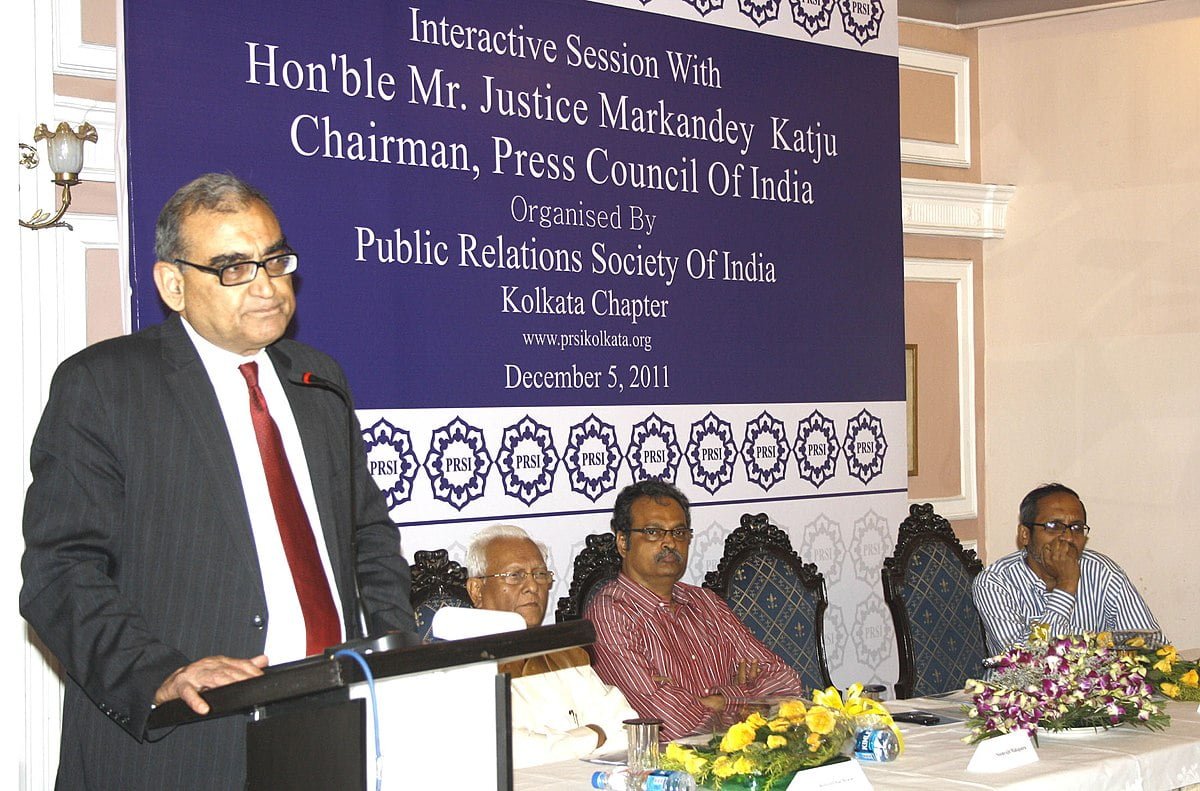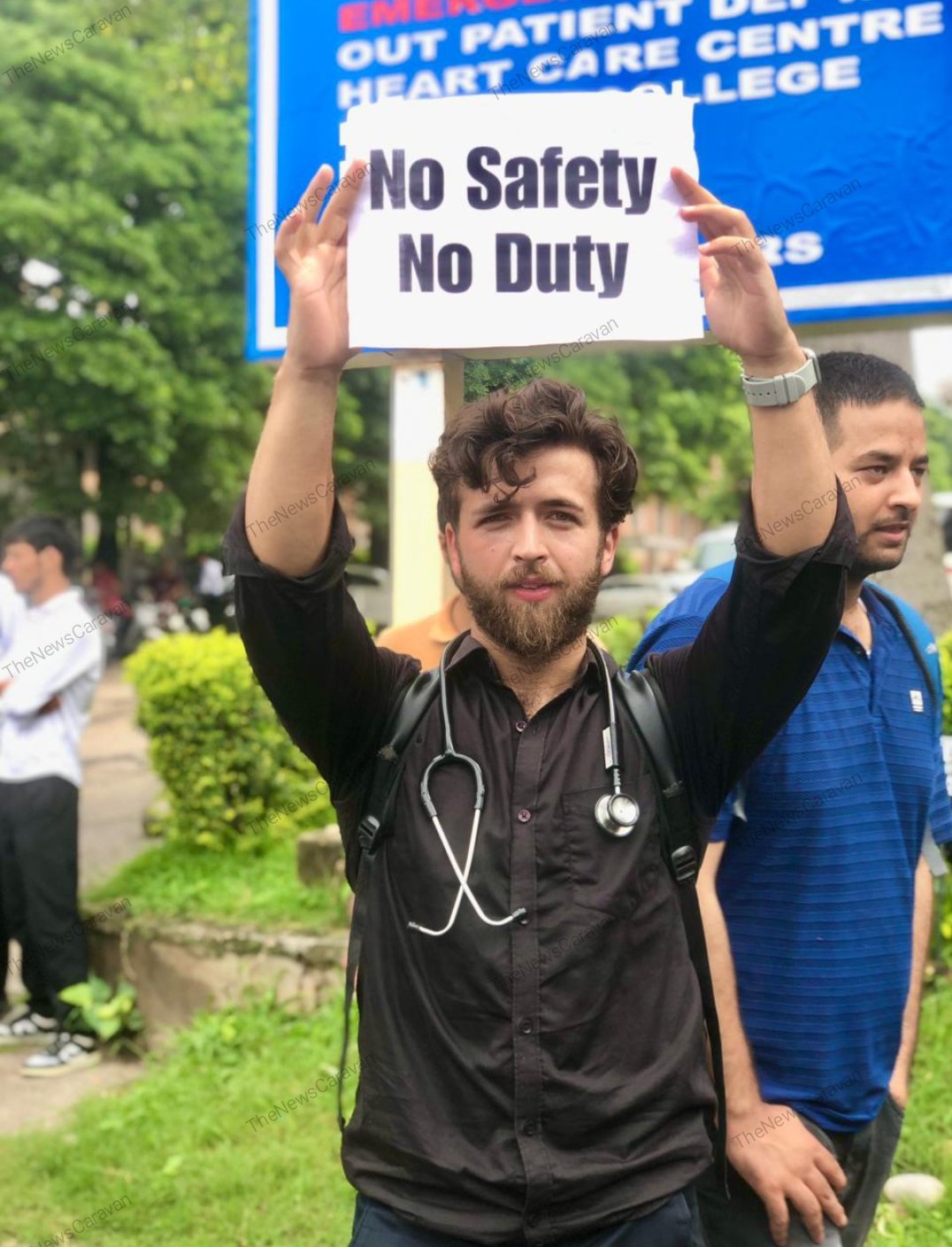In a recent encounter lasting a week in the Kokernag area of Kashmir Valley, security forces faced an unexpectedly high number of casualties, including two senior Army officers, a soldier, a deputy superintendent of Jammu and Kashmir Police, and two militants. This incident raises questions about the prevailing situation in the region, despite claims of peace and normalcy.
While most militant encounters in Kashmir typically last less than 24 hours, the Kokernag operation stood out due to its prolonged duration and the significant loss of high-ranking security officials. It comes at a time when the Jammu and Kashmir government has asserted a return to normalcy and lasting peace in the region.
Since 2021, there has been a noticeable shift in militant activities from the Kashmir Valley towards the twin border districts of Rajouri and Poonch along the Line of Control, indicating a change in focus towards Jammu. In fact, the number of Army casualties in Jammu region has been three times higher than in the Kashmir Valley since October 2021. Militant groups have also carried out targeted killings of civilians, particularly Hindus.
One key factor linking these strikes in Jammu with the Kokernag encounter is the choice of terrain by militants. In the post-2019 period, militants have increasingly opted for dense forest areas around the Pir Panjal mountain range, rather than villages or remote habitations. This 320-km-long natural barrier separates the Kashmir Valley from the Jammu region, not only physically but also ethnically, culturally, and socially.
Experts suggest that the shift to the Pir Panjal region is driven by a decrease in local support for militant groups. As a result, militants are retreating into forests, finding effective hideouts in the challenging terrain. The mountainous and forested landscape provides ample opportunities for hit-and-run operations and extended periods of rest and recovery.
A senior police officer familiar with the area explained, “The current activities on either side of the Pir Panjal appear to be a result of a shortage of urban hideouts and safe houses.”
However, the proximity to the Line of Control poses additional challenges, increasing the likelihood of militants infiltrating and exfiltrating the region with ease. The topography of the Pir Panjal-South Kashmir area allows militants to move back and forth between Jammu and Kashmir regions effortlessly.
The resurgence of militancy in the Pir Panjal region coincides with a crackdown on former local militants residing in Pakistan or Pakistan-occupied Kashmir. Authorities in Jammu and Kashmir are closely monitoring the property of approximately 4,200 such individuals, who had either become militants or sought refuge across the border.
The recent surge in militancy-related incidents in the otherwise peaceful Jammu region suggests a deliberate shift by militants. While it’s not the first time militancy has targeted Jammu, maintaining a robust human intelligence network in the region is now imperative.
Despite these challenges, experts believe that it would be difficult for militants to sustain their operations in the long term due to declining recruitment and infiltration failures. General Hasnain emphasized, “The operations such as the one in Kokernag are not the result of terrorist strikes. The initiative was with the security forces and was based on intelligence. But in execution, different contingencies arise, not all of which can be planned for.”
In light of these developments, questions are raised about the claims of lasting peace in Jammu and Kashmir, with some suggesting that the situation on the ground may not align with official narratives.
News Summary:
- Recent encounters in Kashmir’s Pir Panjal region highlight a shift in militant activities towards challenging terrain.
- The Pir Panjal mountain range is now a favored hideout for militants, who are relying less on local support.
- Security forces face challenges in this terrain, with proximity to the Line of Control facilitating infiltration and exfiltration.
- A crackdown on former local militants living in Pakistan adds complexity to the situation.
- Despite recent incidents, experts believe it will be difficult for militants to sustain their operations in the long term.










